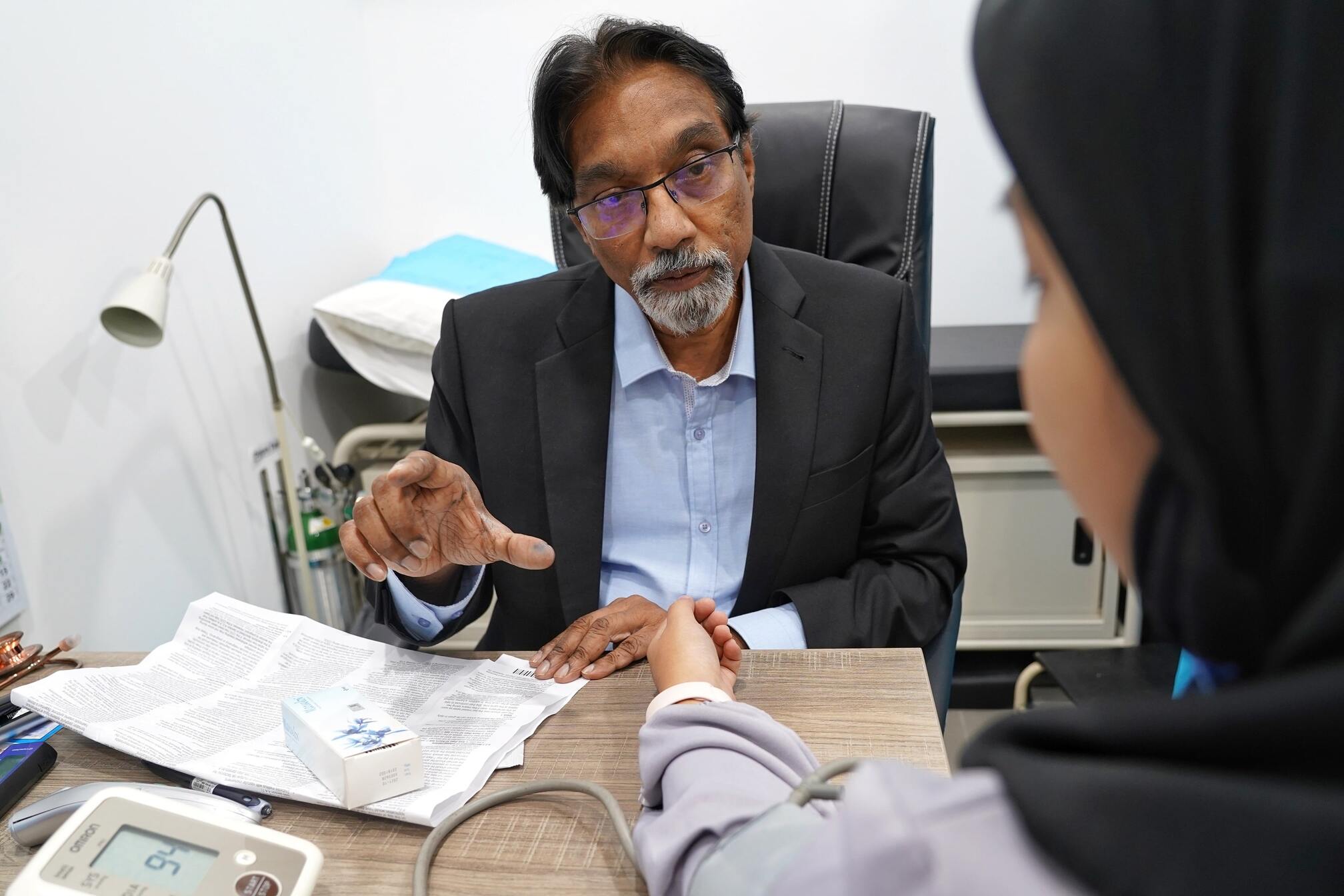KUALA LUMPUR, March 11 — The Federation of Private Medical Practitioners’ Associations, Malaysia (FPMPAM) expects a hike in doctors’ professional indemnity insurance premiums, following a landmark Federal Court ruling on medical negligence.
FPMPAM president Dr Shanmuganathan Ganeson said medical indemnity insurance premiums are currently between RM1,200 and RM1,500 annually for low-risk general practitioners (GPs) for coverage of RM2 million, while annual premiums are as high as RM80,000 for obstetricians.
“I expect the indemnity to increase in tandem with the awards. Cost of practice will increase,” Dr Shanmuganathan told CodeBlue.
“The other change is that specialists may withdraw from high-risk practice. Obstetrics practice is a current example. Due to the high premiums for obstetricians, the ObGyns have stopped obstetrics practice and just do office gynaecology.”
In the landmark case of Siow Ching Yee v Columbia Asia Sdn Bhd, the Federal Court ruled last February 23 that Columbia Asia, the owner of Columbia Asia Hospital – Puchong, was liable for medical negligence, rejecting the private hospital operator’s defence that doctors working in its hospital in Selangor were “independent contractors”.
The 4-1 majority ruling by the apex court – citing the Private Healthcare Facilities and Services Act (PHFSA) 1998 (Act 586) – said Columbia Asia assumed a “non-delegable duty of care” to its patient and remained “liable personally” for the negligence of the anaesthetist who treated Siow.
The Federal Court awarded about RM4 million in damages to Siow – to be jointly paid by Columbia Asia and consultant anaesthetist Dr Noor Asilah Abdul Rahman.
The lower courts had found only the anaesthetist liable for negligence; Siow’s lawsuit named consultant ear, nose and throat (ENT) surgeon Dr Megat Shiraz Megat Abd Rahman, Dr Noor Asilah, and Columbia Asia.
Siow’s wife filed the lawsuit on behalf of her husband after Siow was left with permanent mental and physical disabilities from severe brain damage, when he sought treatment at Columbia Asia Hospital – Puchong in 2010 as an emergency case, aged 35 years then. This occurred 12 days after Siow underwent a tonsillectomy, palatal stiffening, and endoscopic sinus surgery at Subang Jaya Medical Centre (SJMC).
Although Siow’s case involved a private hospital, FPMPAM said a raise in professional indemnity insurance premiums would affect both specialist doctors and GPs. Act 586 regulates all private health care facilities and services; public health care facilities are not subject to that law.
“For GPs, a premium increase will be another layer on the ever growing burden of running a practice in Malaysia. The government phobia on establishing just fees for private GPs and specialists is suffocating. The last few months have been very trying for even established GPs, with an all round increase in the cost of medicines, disposables, and utilities,” Dr Shanmuganathan said.
He said although the goal of the Federal Court verdict was patient safety, this must be “tempered with the implications of practice costs”.
“We are clearly headed for a United States style of defensive type of practice of medicine – medicine practised in such a way as to reduce the risk of malpractice litigation, typically by the use of excessive diagnostic testing.”
Dr Shanmuganathan said compensation for medical negligence awarded by the courts typically follows a set formula to cover pain and suffering and loss of amenities, loss of future earnings, loss of earning capacity, and future care expenses.
“I don’t see an exponential rise rise. However, other damages now enter the picture, such as aggravated and exemplary damages, and these can increase the awards,” he said.
“To learn from this case is whether the current medical indemnity insurers have sufficiently qualified lawyers to protect their client practitioners. Or are their lawyers there just to bury them, make the minimum payout, and then increase premiums?
“Doctors with malpractice cases must ensure that their lawyers are competent and should ask for the credentials of the indemnity lawyers. In the event these lawyers are greenhorn, doctors are well advised to get better ones.”








